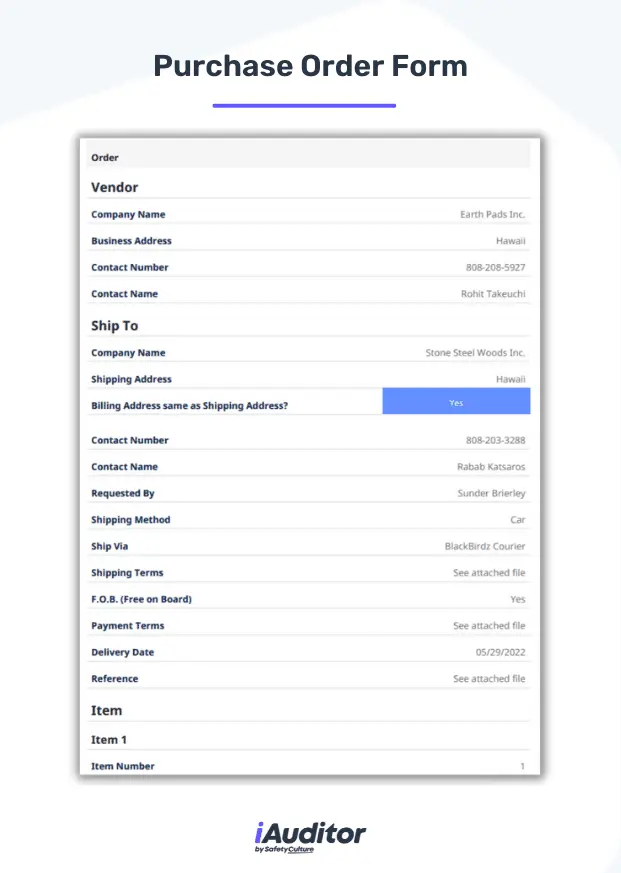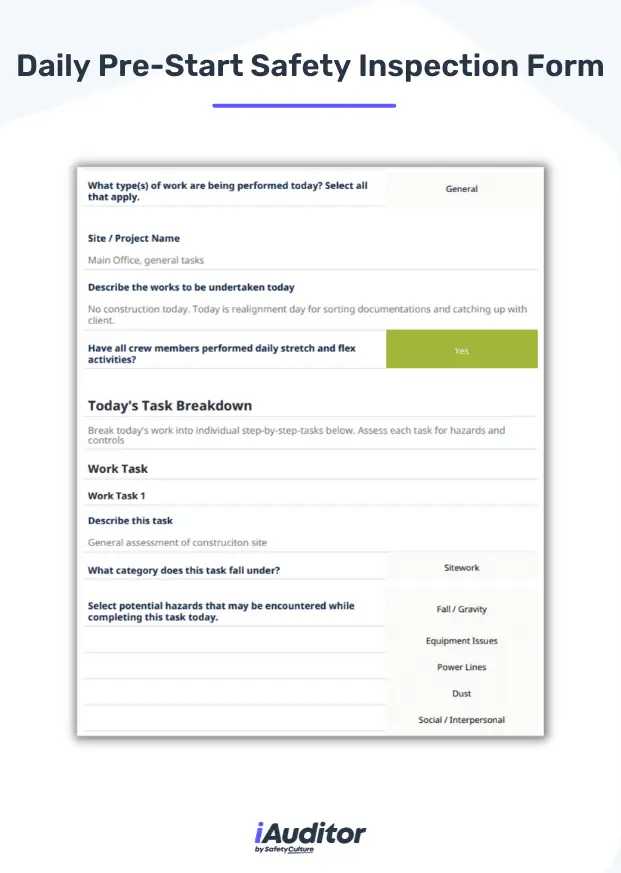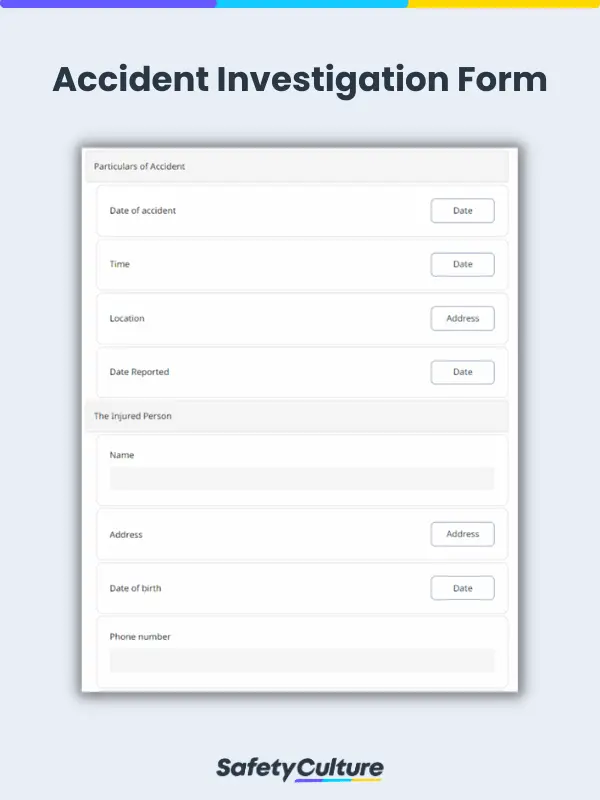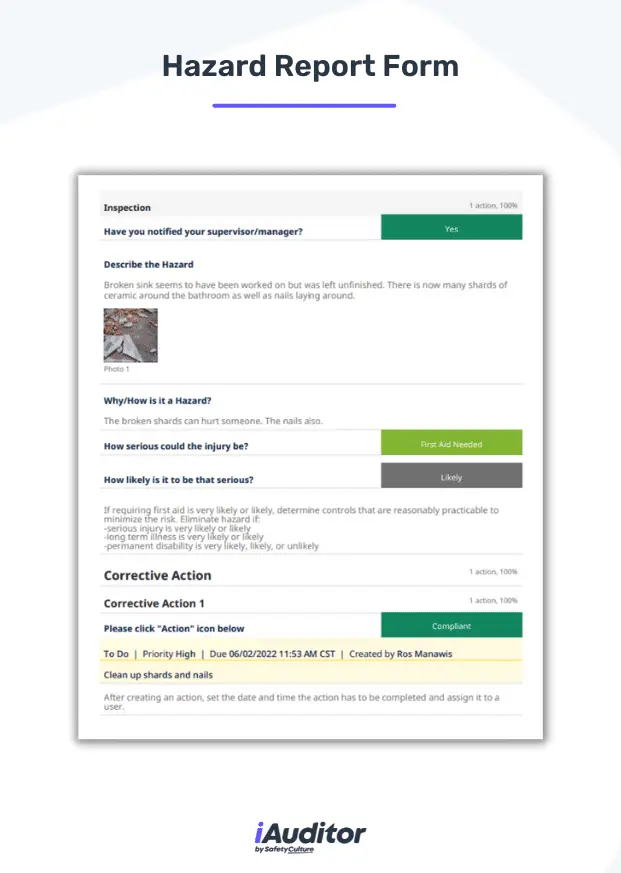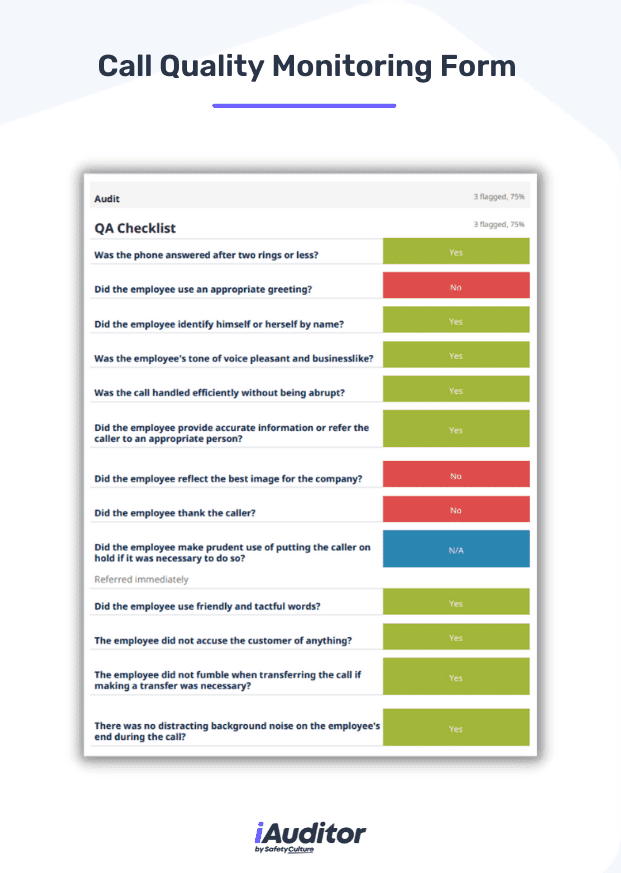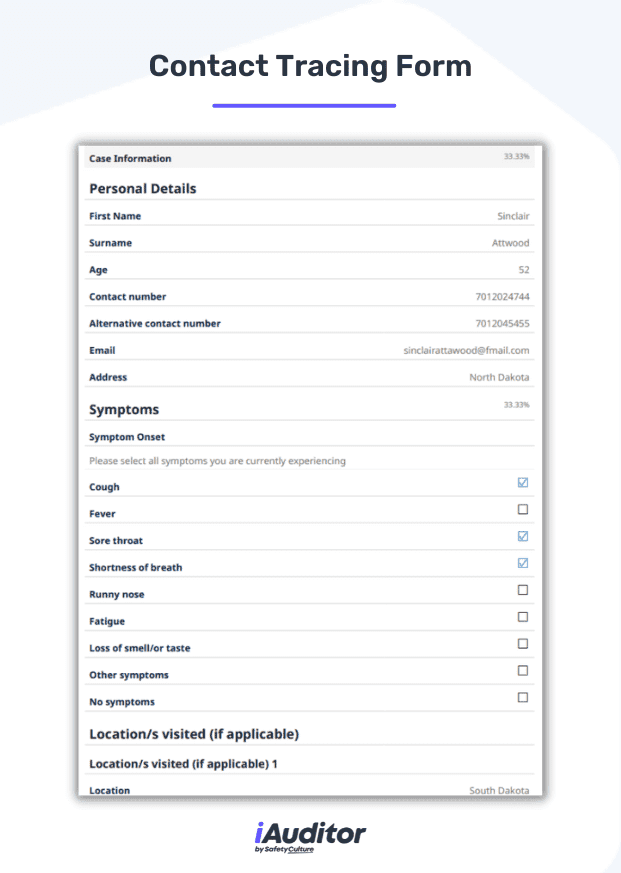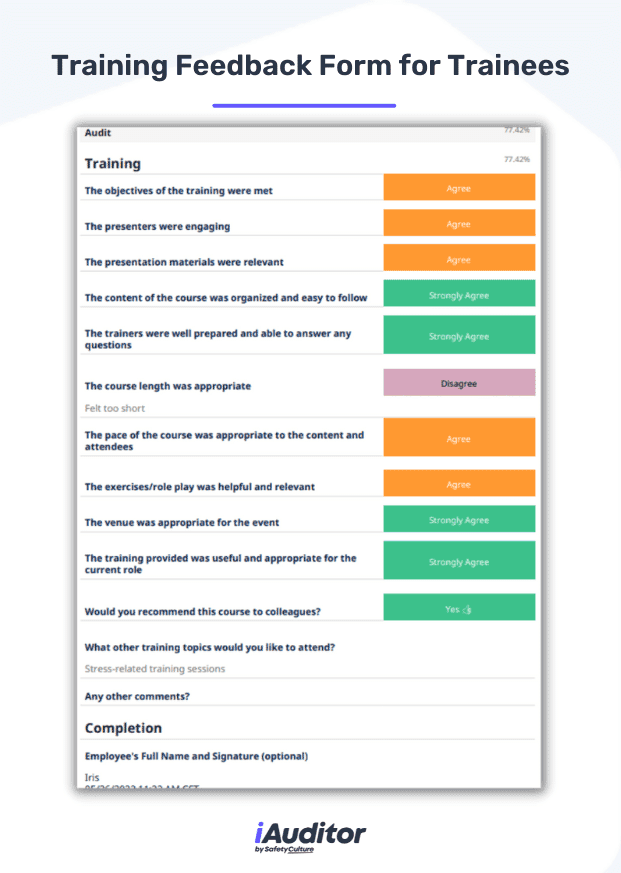What are Examples of Forms?
Forms are documents that collect information from one’s clients, customers, and respondents. Some common examples of forms include forms for purchases, incident reports, hazards, quality control, contact tracing, and feedback gathering.
Elements of Forms
A typical form would have the following elements:
- Name or purpose of the form
- Description of the form and a guide to answering it
- Labels to describe certain sections and questions
- Action buttons or links that lead to other pages or links
- Fields for answers
- Validation proofs such as a signature, thank you, or exit message
7 Most Common Uses of Forms
Forms today have many uses, especially now that they can be created and managed online. Different types of forms will yield different examples. Here are some of the most common uses for forms for different types and industries.
Purchase Order Forms
A purchase order form is a document used by buyers to order goods or services from their seller of choice. This kind of form often has the buyer’s contact details and the products or services they’re ordering. After the purchase, this form can be used later on as an official document to show proof of purchase and expenditures.
Inspection Forms
Inspection forms are used to aid in observations and inspections of different establishments, people, tasks, and processes. There are many ways to create an inspection form depending on the industry, but generally, they are used by managers or specific staff to help in their internal auditing and assure everything is safe and in place. Inspection forms are also an important part of maintaining equipment and other assets, particularly as part of preventive maintenance tasks.
Incident or Accident Report Forms
Working together with inspection forms are incident or accident report forms. These forms are used to report and record incidents, hazards, damages, and near misses after they happen and are then referred to later on to improve existing post-incident or accident processes.
Hazard Forms
Similar to incident, accident, and inspection forms, hazard forms aim to report distractions or threats. However, hazard forms specifically report threats to safety or operation procedures in the workplace.
Quality Control Forms
Quality control forms are used to monitor and assure a product’s, service’s, or process’ level of quality. These forms can be used during and after the production process to track quality and other instances of noncompliance along the way.
Contact Tracing Forms
Contract tracing forms aim to collect contact information from a person or a group of people for reference or later contacting. This can be used on websites to know more about one’s customers through their information, or this can be used by establishments to keep track of their customers’ or guests’ entrance and exit history.
Feedback Forms
Feedback forms are used to gather feedback and comments from an event’s attendees. Alternatively, feedback forms can also be used to ask a product or service’s users for their thoughts and if there is anything they’d like to see improvements on.
SafetyCulture for Creating and Maintaining Forms
For creating multipurpose and flexible forms, consider using SafetyCulture to help you out. SafetyCulture is a mobile inspection app that provides you with a paperless way to create and manage forms from any device. Through the SafetyCulture app, you can create checklists and forms from scratch and automate your workflow. You can also use your existing Word, Excel, and PDF checklists in the app or modify a checklist or form template from the Public Library as you see fit.
With SafetyCulture, you can also:
- Report problems by raising Issues, assigning Actions to specific staff members, and providing a Heads Up across your organization
- Create and use QR codes for a faster way to access and answer your forms
- Require media files and notes to be added to your forms as part of your respondents’ answers
- Attach PDF files as instructions for your form respondents
- Validate your forms by adding or requiring digital signatures
- Train employees, managers, and relevant stakeholders on how to use and create forms efficiently

